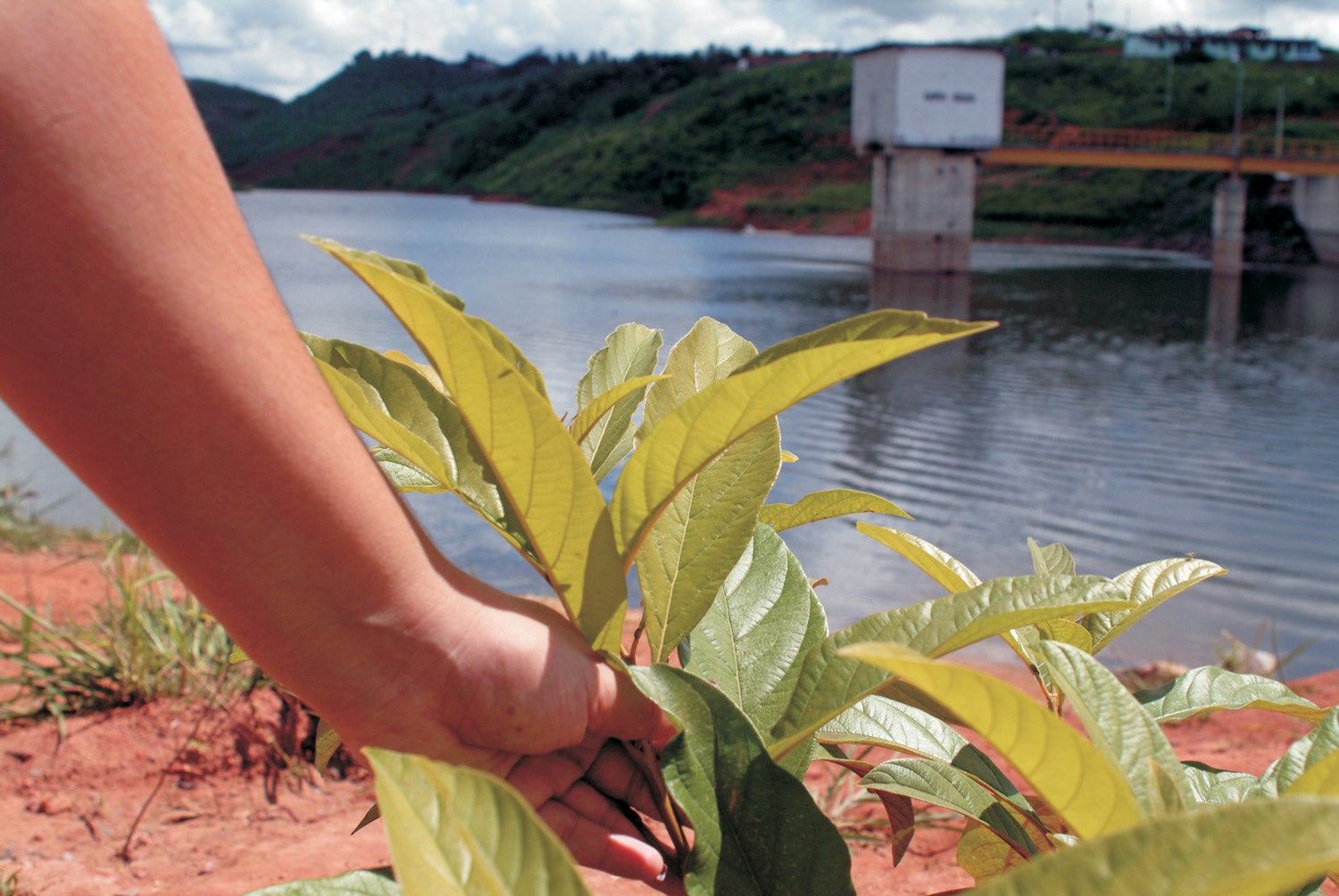In Latin America, like the rest of the world, both nature assets and infrastructure are vulnerable to natural hazards and climate change effects. Therefore, all economic sectors face risks. Additionally, the different organizations in charge of promoting sustainable development are frequently constrained in their ability to get more political and financial support to ensure social sustainability.
In this context, both research and experience have shown that safeguards can help effectively anticipate and mitigate social and environmental risks. Therefore, focusing on boosting related knowledge, the necessary capabilities and the implementation of environmental permitting and compliance can be dramatically beneficial to the region.
These issues provided the enabling framework for the III Regional Policy Dialogue on Environmental Permitting and Compliance in Latin America held in Brasilia in late 2017 with the participation of more than 40 representatives from 15 countries and inter-governmental agencies.
One of the main goals of the event organized by the Inter-American Development Bank (IDB) was to strengthen the national environmental and social protection systems and push forward the Bank’s sustainable development goals through the creation of a space where Latin American environmental agencies can share views and experiences on issues related to environmental permitting and compliance. This dialogue adds to previous activities conducted in Lima and Panama City in 2015 and 20167, respectively.

The Regional Dialogue was cosponsored by Brazil’s environmental agency IBAMA, a unit of the country’s Environment Ministry, the U.S. Environmental Protection Agency (U.S. EPA), and the South American Environmental Compliance and Enforcement Network (REDSUFICA), now renamed REDLAFICA after an increase in regional membership and outreach.
The Regional Dialogue agenda focused on three key issues and their relationship with environmental permitting and compliance activities:
- Meaningful Stakeholder Consultation, aiming to evaluate its role as a key decision-making and project governance tool.
- Biodiversity, oriented at analyzing experiences and the practical effects of mitigation, remedying, restoration and compensation measures on investment projects and relate them to eventual findings made during inspection procedures; and
- Use of digital technologies for land observation, a theme that seeks to explore its relation to permitting and enforcement activities as well as with environmental compliance.
The III Regional Dialogue’s structure and approach made it possible to share and learn firsthand experiences related to the three aforementioned Dialogue themes. The main results revolve around these lessons:
The region’s countries all face similar challenges
Although each country has its unique structures and environmental permitting and compliance capabilities, they all have something to offer to their colleagues in the region through South-South cooperation. For example, geographical data management of licenses and compliance reports presented by the delegates of Chile, El Salvador and the Dominican Republic are useful examples for other countries that seek to improve their own digital systems.
Themes of growing interest in the Latin American region
Meaningful stakeholder consultation proved to be crucial for the region, particularly in relation to environmental conflict prevention. The variety of permitting approaches (Peru), enforcement (Ecuador, Chile and Peru) and remedies for environmental damage (Mexico) highlights the importance of public participation in the full cycle of environmental risk prevention.
Development and strengthening of networks
In an effort to foster peer-to-peer communication, the LinkedIn-based Comunidad Virtual de Práctica sobre Gestión de Riesgos Ambientales y Sociales en América Latina, (CdP, the Virtual Community of Environmental and Social Risks Management in Latin America) was presented. CdP acts as a collaboration network for environmental and social risks in the region. All those interested in environmental impact assessment (EIA), permitting, and environmental compliance and enforcement are invited to join.
Additionally, as a sign of the networks importance, the Latin American Environmental Compliance and Enforcement Network (REDLAFICA) saw its membership grow to 14 countries.
At the end of the Dialogue meeting, the IDB announced that the IV Dialogue meeting will be held in September 2018 in Washington DC, USA, together with the Caribbean Regional Dialogue. In addition, the IDB, in coordination with REDLAFICA and other RPD participants, is organizing a series of online courses, webinars and onsite training workshops on the identified topics.
All presentations are available on the event’s site: III Regional Policy Dialogue on Environmental Permitting and Compliance in Latin America


Leave a Reply